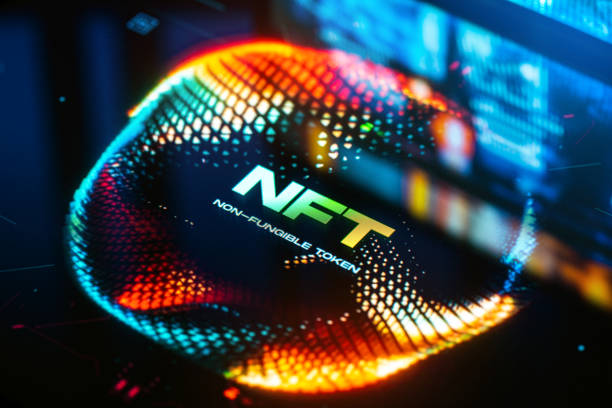- NFTs now emphasize utility, access, and integration over speculation
- Gaming, fractional ownership, and improved UX are key to driving growth.
- 2025 marks the beginning of NFTs as functional infrastructure, not just collectibles.
The NFT market of 2025 looks dramatically different from the speculative chaos of a few years ago. Gone are the days when digital apes and pixelated punks dominated the headlines. Instead, today’s NFT landscape is shaped by functionality, integration, and real-world utility. It’s a quiet revolution that’s redefining what non-fungible tokens can do — and who they’re for.
Utility Over Hype
The central shift in 2025 is clear: value is now rooted in use rather than novelty. Many of today’s leading NFT projects don’t rely on hype or celebrity endorsements. They succeed because they offer tangible benefits — such as exclusive access, governance rights, or integration with physical products and services.
Examples include NFTs that double as lifetime event passes, certifications for completing digital courses, or proof-of-ownership for tokenized real estate assets. In each case, the NFT acts as a key that unlocks something meaningful — not just a piece of art to display in a wallet.
Gaming and Interoperability Are Driving Growth
One of the fastest-growing sectors in NFTs is gaming. In-game assets — like skins, weapons, and characters — are increasingly being tokenized as NFTs. What makes 2025 different is that many of these items are now interoperable. This means a sword from one game could, in theory, be used or resold in another, provided the platforms support it.
This shift is creating secondary markets where value flows freely across ecosystems, giving players more ownership and control over their digital possessions. It’s also laying the groundwork for a future where NFTs function as digital passports between platforms and experiences.
Fractional Ownership Is Gaining Ground
As NFT prices rise for premium assets, more platforms are enabling fractional ownership. This means multiple users can co-own a single NFT and share in its benefits — whether it’s a rare piece of virtual land, a digital collectible, or a revenue-generating item.
This model not only lowers the barrier to entry for new users but also encourages a more collaborative and investment-minded community. Instead of one whale holding a token, hundreds of users can now participate in a more inclusive and diversified way.
The UX Problem Is Being Solved
A major barrier to NFT adoption has always been complexity. Wallets, gas fees, signing contracts — the average user found it confusing or intimidating. In 2025, this is starting to change. New wallets offer simplified onboarding, seamless fiat integration, and user experiences that feel more like mobile apps than developer tools.
NFT marketplaces are also evolving. Many now feature AI-generated metadata summaries, social features like following creators, and integrated tutorials that help users understand what they’re buying. This smoother experience is helping bring a wider audience into the fold.
Conclusion
NFTs in 2025 are no longer just a cultural phenomenon — they’re tools that serve real functions. As the market matures, the focus is shifting toward sustainable value, seamless usability, and deeper integration into digital and physical life. It’s less about buying digital art and more about owning a stake in a digital future.


